
Joining Flat-File & RDB Data: Textual ETL (Part 2)
IntroductionThis article demonstrates the Voracity user’s ability to join values in a flat-file file to those in an RDB (Relational Database) table to provide meaningful information. Read More

This article demonstrates the Voracity user’s ability to join values in a flat-file file to those in an RDB (Relational Database) table to provide meaningful information. Read More

To configure both JDBC and ODBC to support the Transport Layer Security (TLS) protocol, there are additional configuration steps that are needed when compared to this previous article. Read More

Corporations and government agencies store a lot of useful information in non-transactional semi-structured and unstructured data sources. Finding that data – in documents, logs, and images – is important not only for data masking, but also for textual ETL. Read More

Since SQL Server has changed the functionality and default behavior of their driver, this article will go over the basic ODBC and JDBC connections required for the IRI software backend (CoSort SortCL engine in Voracity) and job design front-end (IRI Workbench, respectively, to Microsoft SQL Server databases on-premise or in the cloud which use encrypted connections. Read More

Innovative Routines International (IRI) was founded in 1978 and is headquartered in Melbourne, Florida. Incidentally, IRI should not be confused with another venerable data-driven company called IRI (Information Resources, Inc) based in Chicago, which just rebranded as Circana after a merger. Read More
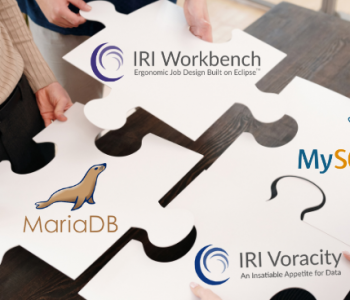
MariaDB and MySQL are relational databases that follow the same paradigm when it comes to setting up connections with SortCL-driven Voracity component jobs designed in IRI Workbench. Read More
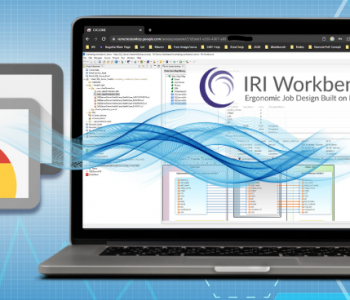
Abstract: This article demonstrates the use of the Chrome Remote Desktop (RDP) extension from Google to run IRI Workbench and its SortCL-powered mapping, masking, and munging jobs remotely from a browser. Read More
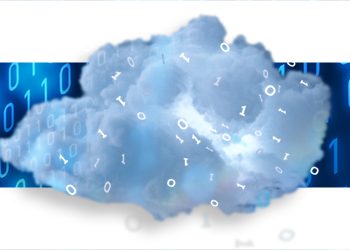
With the rise of the cloud, data migrations – and specifically, cloud migrations – have become (and, for that matter, are still becoming) increasingly important to many organizations. Read More

Abstract: Data collected, processed, and saved across industries is constantly generated and updated. Database (DB) tables can be refreshed with new data from applications or events in intervals as frequent as a fraction of a second. Read More
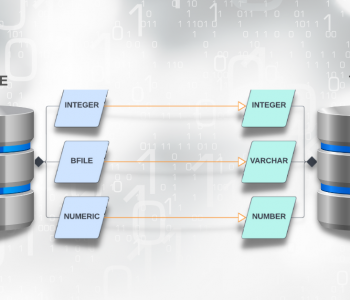
Abstract: The process of transferring data from one database (DB) to another can be complicated when those DBs do not use the same data types. A DB Data Type Mapping wizard is now implemented in IRI Workbench to help solve this problem for SortCL-driven data management jobs with different sources and targets. Read More
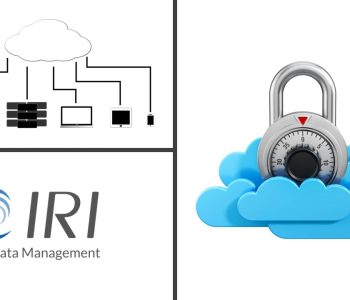
Public and private cloud file systems are becoming increasingly popular places for businesses and government agencies to store their data. Several major competitors have arisen in the cloud storage provider space, with Amazon, Microsoft Azure, and Google Cloud Platform at the top. Read More